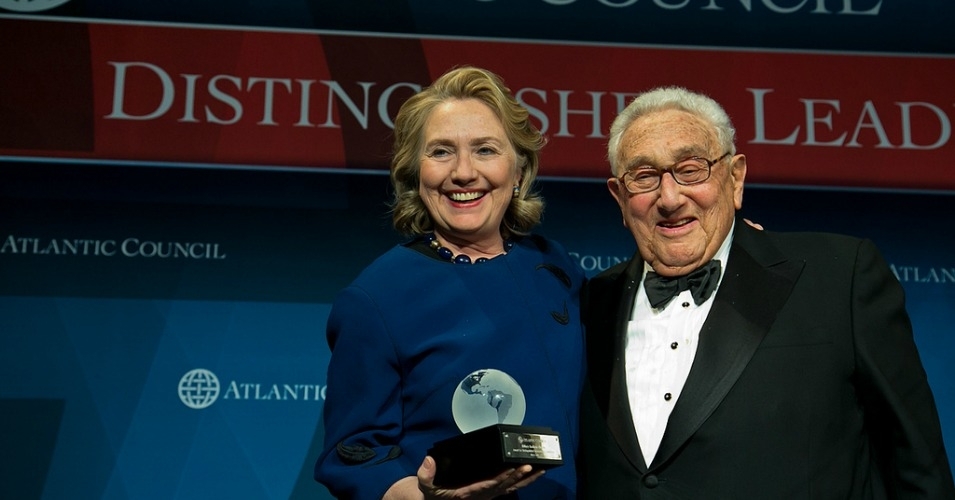It was on Aug. 12, 1949, that the nations of the world, with Nazi atrocities still in mind, updated what are known as the Geneva Accords.…

Prisoner of war

A talk with archivist and cultural historian Megan Prelinger about twentieth-century technology, modernist art, and her fascinating new book Inside the Machine: Art and Invention…

[This essay has been adapted from chapters 1 and 2 of Susan Southard’s new book, Nagasaki: Life After Nuclear War, with the kind permission of Viking.] Korean…

The NY Times on Monday ran a lengthy piece ("One Woman's Mission to Free Laos from Millions of Unexploded Bombs") on Channapha Khamvongas, a 42-year-old Laotian-American woman…

[The following is slightly adapted from chapters two and three of Grégoire Chamayou’s new book, A Theory of the Drone, with special thanks to his publisher, the New…
